Best van-based MPVs 2025
.jpg?width=620)
As family cars multi-purpose vehicles — MPVs for short — should be the obvious choice. From the mid-1980s to the early-2000s they were just that, providing flexible space and comfortable environments for larger families hampered in hatchbacks and squeezed in saloons. Then fashion embraced the SUV and purpose-built MPVs all but vanished as a result.
But there’s reason to cheer for fans of spaciousness and substance over showy style, thanks to the growing popularity of van-based MPVs. This is good news on two fronts — many of the best small and medium vans have very similar underpinnings to conventional cars so don't drive like school minibuses of old, plus their upright bodywork means masses of room inside for people and their stuff. These people movers can move.
Today's van-based MPVs come in a wide variety of sizes to suit different budgets and aren't confined to diesel engines, with many sold being in plug-in hybrid and fully electric guises.
MPVs never really went away at all — it just made more sense to make them out of vans that were as good as cars. Here are the best van-based MPVs currently on sale.
Best van-based MPVs |
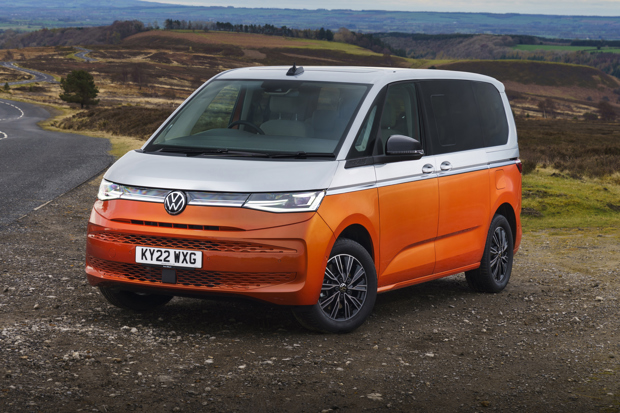
Volkswagen Multivan
Despite its name the Volkswagen Multivan isn't based on a van, although it was engineered by VW's Commercial Vehicle experts as was its Caravelle predecessor. You could even argue that it’s an overgrown Volkswagen Golf as they share the same fundamental underpinnings. The Multivan's boxiness makes it perfect for moving up to seven people with flexible seating layouts and a choice of two body sizes — the lengthier one providing over 4000 litres of space in two-seater mode. Currently the VW Multivan is diesel-only but petrol-electric plug-in hybrid versions were available before and are likely to return in the future. It's pricey starting at around £48,000 but it's the best.

Citroen e-Berlingo
A paragon of practicality the fully electric Citroen e-Berlingo is bristling with clever touches in its compact yet roomy bodywork. Two lengths are availble with the e-Berlingo M having five seats and the XL version having space for seven, while depending on trim and options you can spec the ceiling-mounted Modutop storage system and have a trio of individually adjustable, Isofix-equipped second row seats. It's also not just available as a Citroen with near clones of the e-Berlingo also sold as the Peugeot E-Rifter, Toyota Proace City Verso Electric and Vauxhall Combo Life Electric, differing only by front end styling variations and different trim. You can still buy petrol- and diesel-engined Berlingos but their practicality's restricted by a steel bulkhead behind the seats and are consequently registered as vans.
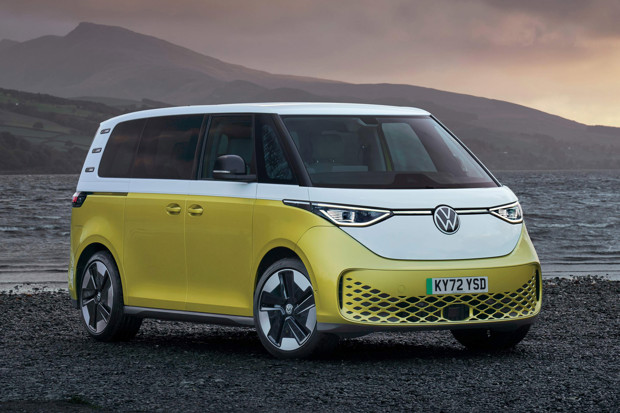
Volkswagen ID.Buzz
Further blurring the lines between cars and vans is the electric Volkswagen ID.Buzz, although there is a panel van version of this one. Its role is to engender the same sense of nostalgia that Volkswagen's Beetle inspired but in a more practical VW ‘hippy bus’ guise — pleasingly for Veedub fans the ID.Buzz's electric motor's mounted at the back. Two wheelbase lengths are offered now, with the shorter edition having five seats to the longer version's seven, plus there's a surprisingly rapid VW ID.Buzz GTX performance model to choose from. Those trendy looks come with a price tag that starts just shy of £60,000 and that's before you begin plundering the tempting list of optional extras.
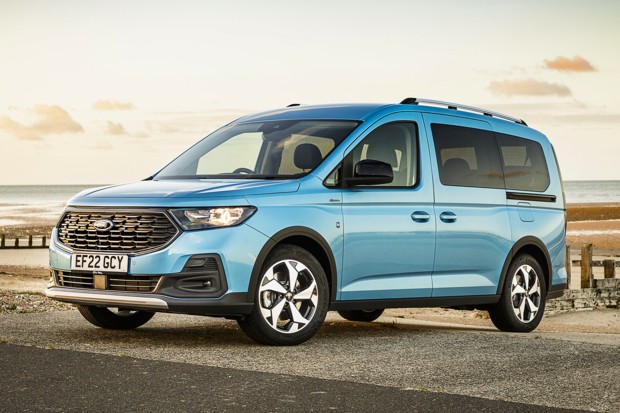
Ford Tourneo Connect
More than the others in its three-strong van-based MPV line-up are, the Ford Tourneo Connect is essentially a rebadged version of its Volkswagen Caddy cousin than a jointly developed enterprise, meaning its feels rather like a Golf to drive — if not be in. Two different lengths are available here although should you wish you can also spec the longer one with five seats and the shorter one with seven. Petrol and diesel engines are also VW's, as is the plug-in hybrid system but only Ford sells that configuration for the time being. Practical and spacious, if a little lacking in personality, the Ford Tourneo Connect will seamlessly blend into family life.

Ford Tourneo Courier
Little brother to the Tourneo Connect range, one of the key differences with the Ford Tourneo Courier is that this is all its own work, with no VW-badged cousin being sold — so far, anyway. It shares its underpinnings with 2024's best-selling car, the Ford Puma and is available with petrol and diesel engines as well as the electric Ford E-Tourneo Courier alternative. Perpendicular and practical, with sliding rear doors, a five-seater layout with a vast boot and — spec it in a particular two-tone colour scheme with white wheels — and from a distance it looks like a dinky Land Rover Defender.
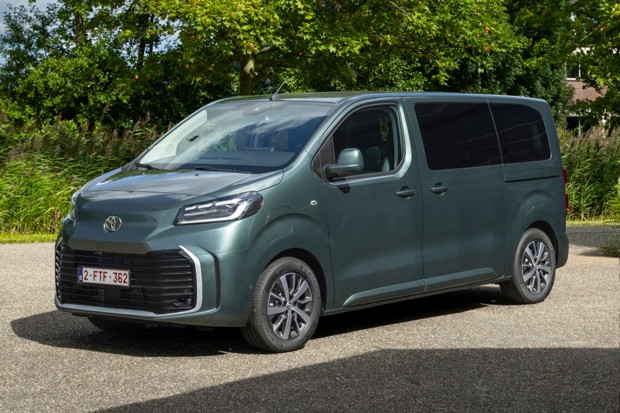
Toyota Proace Verso Electric
Take the same formula behind the Citroen e-Berlingo, add in greater amounts of each ingredient and you have a quartet of seven-to-nine-seater MPVs sold under different brand names, each being a near-facsimile of the next. We've picked the Toyota Proace Verso Electric version over the others thanks to the availability of a warranty that lasts up to 10 years. Yet aside from the front bumper and grille panel and a smattering of badges, it's the same as the Citroen e-SpaceTourer, Peugeot E-Traveller and Vauxhall Vivaro Life Electric, so go for the one you can get the best deal on. Just make sure you pick the 75kWh battery or your driving range will be severely restricted.
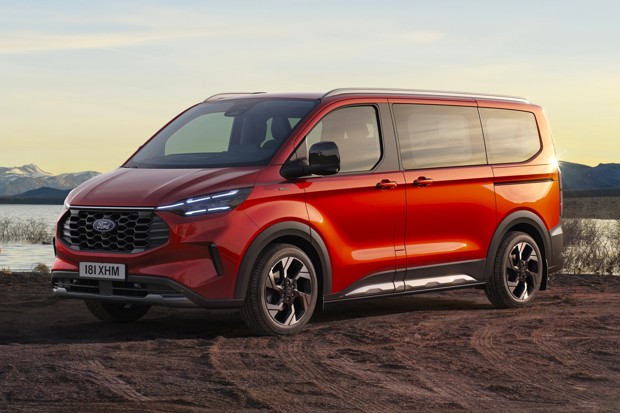
Ford Tourneo Custom
Based on the UK's best-selling vehicle of all types, the Ford Transit Custom is this MPV version with a range of diesel, petrol-electric plug-in hybrid and fully electric Ford E-Tourneo Custom power choices. Not only is there a wide breadth of propulsion methods to pick from, the Ford Tourneo Custom can be had in two body lengths, six trim levels and more extras than a Ridley Scott epic. Cheap it ain't, making the Multivan seem a bargain, but on that Volkswagen note this Ford will be available with a VW badge — and a few styling changes — later in 2025 as the Transporter Shuttle. Once again, the Ford version makes more sense.
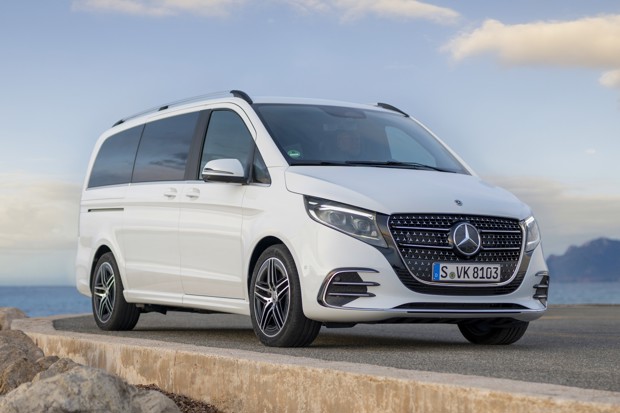
Mercedes V-Class
It may be getting on a bit in car terms but thanks to its recent second facelift, the glitzy, glamorous Mercedes V-Class has become the Cher of the van-based MPV world. Hugely spacious inside, with impressive flexibility thanks to rails in the floor to position seats where you want them, from your leather-upholstered perch there are few clues you're in what started out as a van. There's the more basic Mercedes Vito Tourer version if you want something similar for less but it doesn't feel anywhere near as plush inside. While the V-Class range is diesel powered there is a fully electric alternative with a different style of grille sold as the Mercedes EQV. All that luxe requires a lot of lucre, though.

Lexus LM
If not van-based, why van-shaped? Because in Japan super-spacious vehicles that have the room for business class flight-style reclining seats and a 48-inch monitor screen are considered the height of luxury, although that does only buy you a total of four seats in the Lexus LM, with a price tag comfortably north of £100k. Broadening the LM's appeal — relatively speaking — is the £20,000 cheaper seven-seater alternative with a cabin that feels even more prestigious as the Mercedes V-Class's, although the Lexus isn't as practical. Petrol-electric self-charging hybrid is your only power option, although you can choose between front- and all-wheel drive. Perfect for VIPs, less so for toddlers with chocolate-covered hands.
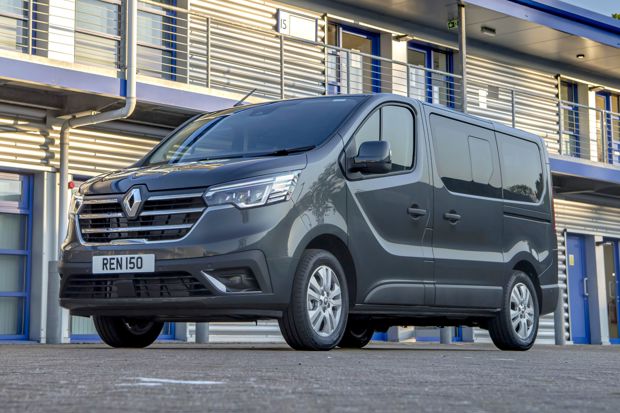
Renault Trafic Passenger
Occupying last place the Renault Trafic Passenger feels old-school and basic largely because it is, with its commercial vehicle origins seemingly showcased rather than hiding behind a veneer of car-like comfort. A choice of wheelbases encloses nine-seater maximum capability, with six-seat models merely dispensing with the third row. Diesel engines of three power outputs are your choices but overall refinement disappoints — the electric alternative in the Renault Trafic E-Tech panel van hasn't found its way into the MPV version. If you can live with that, the interior has some nicer details than rivals and it handles pleasingly well. More affordable than many here, it could have greater appeal with a Dacia-style makeover.
Which is the most multi-purpose van-based MPV?
There are two very distinct schools of thought when creating vehicles to carry a lot of people without losing the refinement of a car. One is to create a 'lifestyle vehicle' that can change attitude and configuration to suit all the challenges a busy, evolving family may face. That means big cargo area and rugged interiors for tip runs, bikes, kids, grandparents, pets. Ease of access isn’t just about can people get in the third row, either — if someone’s parked right against the tailgate, can you still get your shopping in?
For those reasons the smaller models, such as the Citroen e-Berlingo, make excellent choices as do-everything family car. Those compact models also come with seats that fold into the floor rather than having to be hoiked-out when you need it to be more van than MPV.
Are van-based MPVs only about practicality?
The other school of thought is space is the ultimate luxury, exemplified here by the Lexus LM and Mercedes V-Class. These go beyond airport taxi spec nice minibus and include features like leg rests and massive, reclining seats. They can be used as a mobile conference room, or just a really relaxing place for older kids or adults to get the most out of long journeys. It's often harder to convert these into a van for ultimate carrying ability, but few who choose them would want to anyway.
Are van-based MPVs less safe than conventional cars?
These things are relative — most vans on sale now have similar levels of driver assistance features, advanced stability controls and structural rigidity to conventional cars, with the added benefit of a high driving position with good visibility. On a practical note they're also easier to get in and out of meaning less chance of pulling a back muscle awkwardly.
The only model in this guide that has garnered attention for poor crash performance is the Renault Trafic Passenger, which as a Mitsubishi-branded model achieved low scores when tested by Australia's ANCAP institute.
